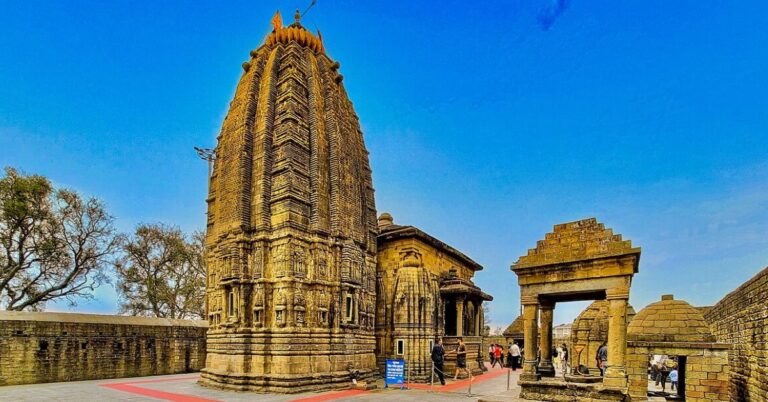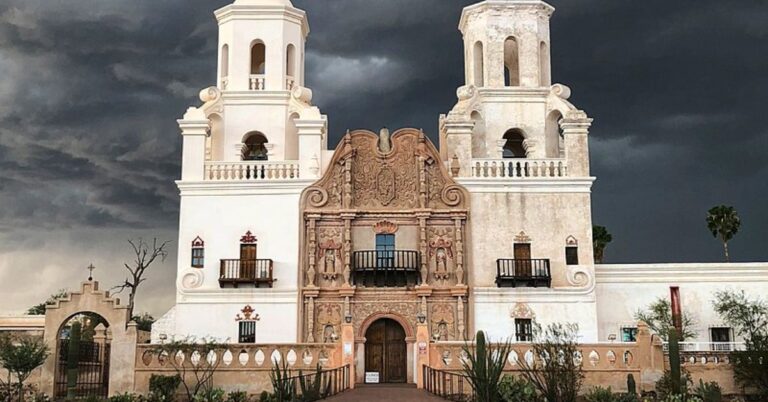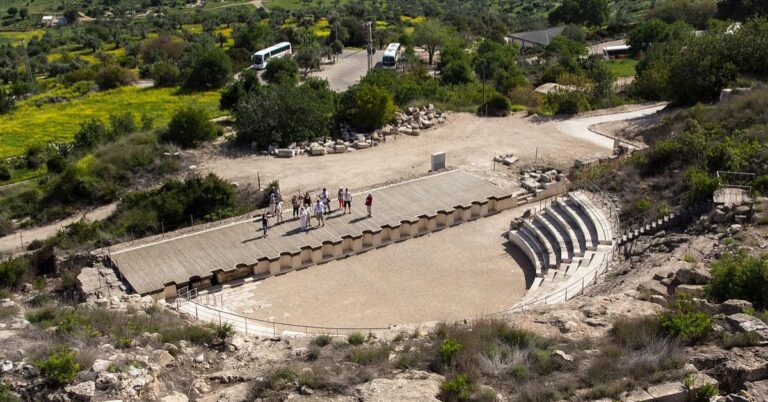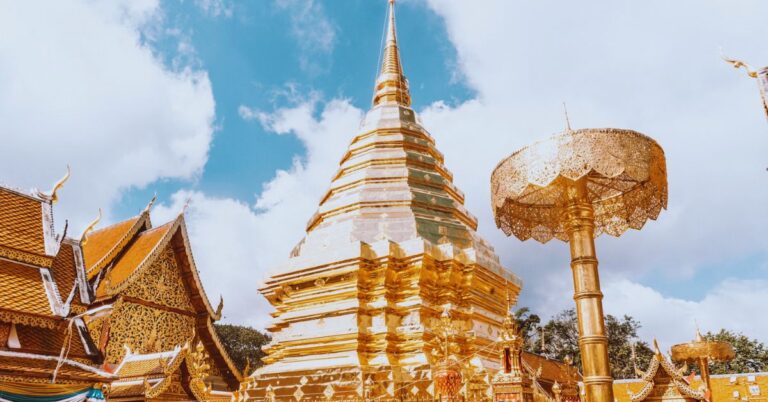15 Places In Ireland Where Celtic Legends Still Breathe
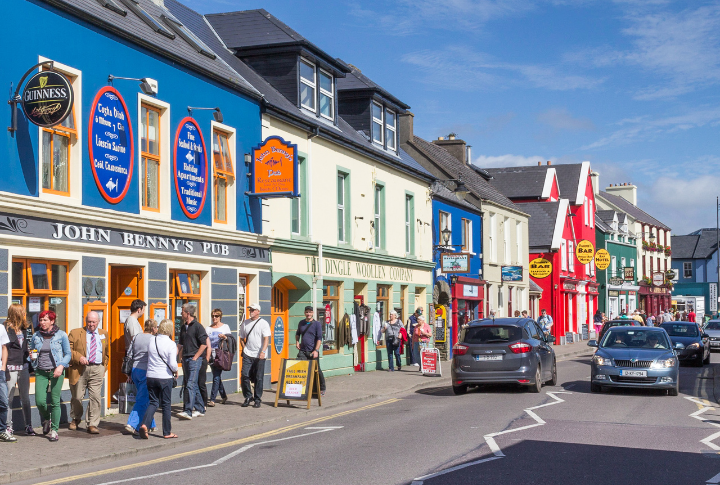
Take a walk through Ireland, where the past feels like it’s just around the corner. The Celtic legends that once shaped the land are still alive and breathing. They’re carried in the winds and shadows of these unforgettable places.
Glendalough, County Wicklow
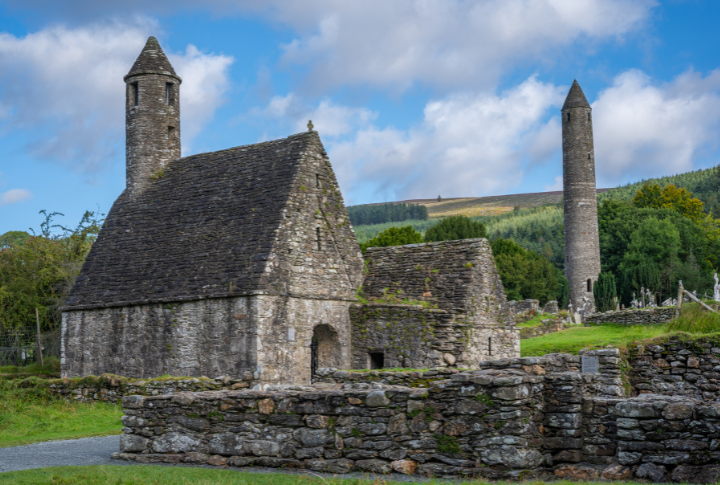
High in the Wicklow Mountains lies Glendalough, a serene valley that once echoed with the prayers of monks. The twin lakes and well-preserved stone ruins reflect Ireland’s early Christian heritage. Visitors explore round towers and churches that tell stories of resilience.
Donegal Town, County Donegal

Anchored by the River Eske, Donegal Town draws visitors with its iconic castle and the haunting beauty of abbey ruins. Its location along the Wild Atlantic Way and its links to Gaelic clans make it a place where historical events and oral traditions intersect.
Rathcroghan, County Roscommon
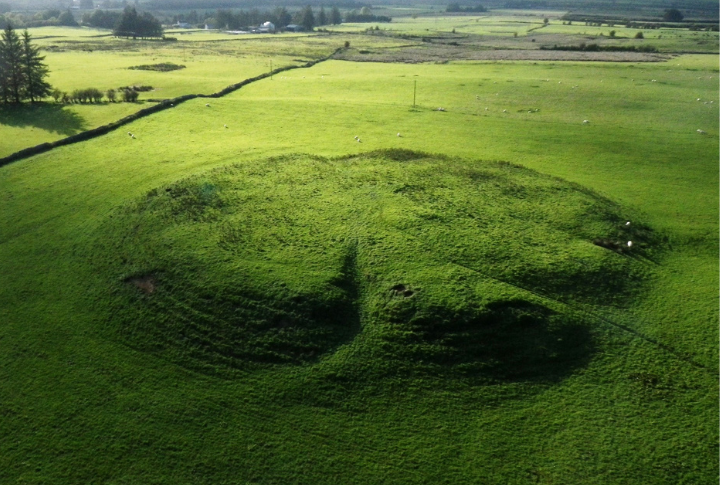
An important archaeological complex, Rathcroghan includes more than 200 ancient sites. It is believed to be the home of Queen Medb and a central location in the epic Tain Bo Cuailnge. Caves and passage tombs here connect Ireland’s Iron Age past to its mythological canon.
Kilkenny, County Kilkenny
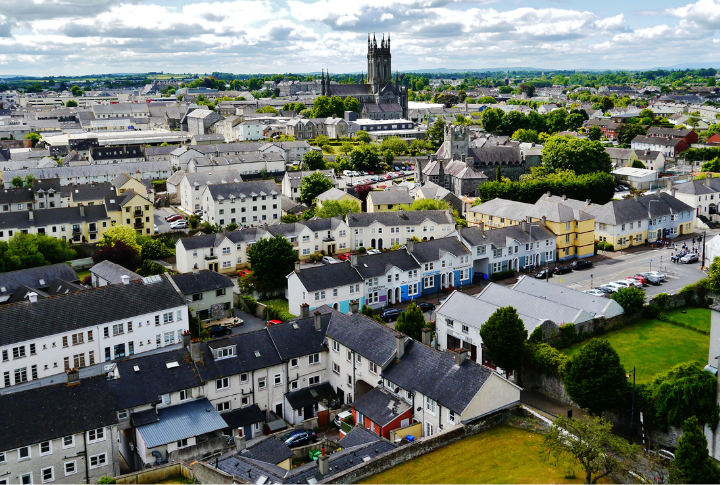
A medieval city with a rich architectural legacy, Kilkenny features abbeys and preserved townhouses. The area was once a stronghold of Irish kings and Norman rulers. Its layered history includes stories of witch trials, dynastic battles, and artistic achievements.
Sligo Town, County Sligo
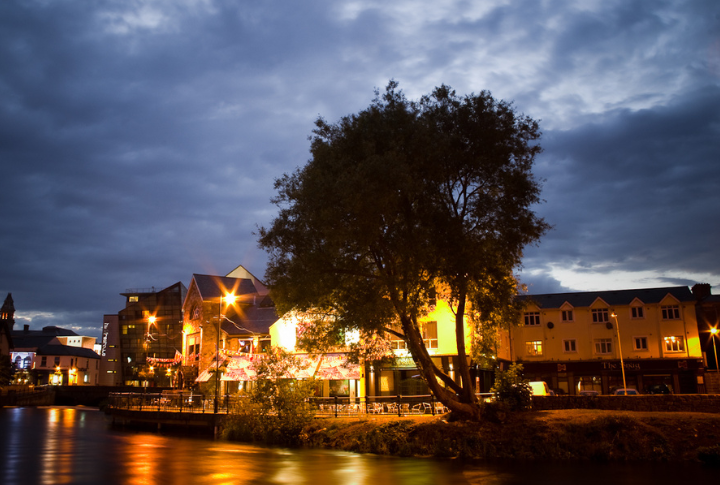
Sligo’s archaeological sites, such as Carrowmore and Knocknarea, trace back to the Neolithic period. The area is also closely associated with Irish mythology and the writings of W. B. Yeats. Nearby mountains and lakes are tied to tales of warrior queens and otherworldly beings.
Newgrange, County Meath

Dating back to around 3200 BCE, Newgrange is a Neolithic passage tomb aligned with the winter solstice. It is older than the Egyptian pyramids and is linked to deities in Irish mythology. Visitors can tour the inner chamber and see stone carvings that hold both spiritual and astronomical significance.
Killarney, County Kerry
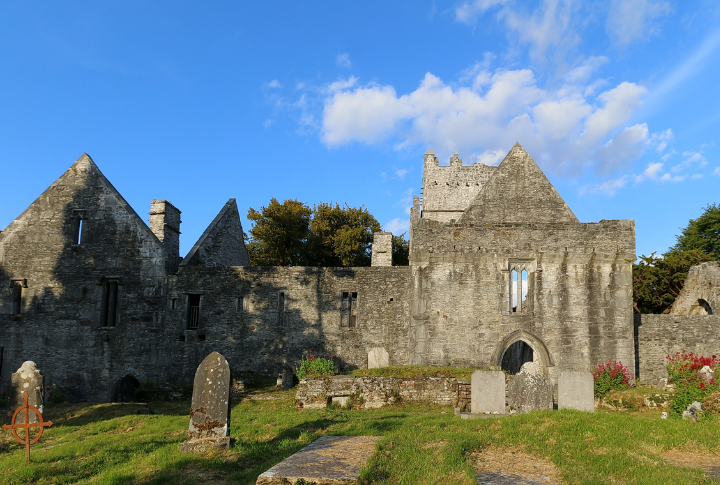
Killarney’s natural beauty draws crowds, but its soul lingers in the quiet stone of Muckross Abbey and the ancient ruins of Innisfallen Island. Wrapped in Celtic legend, the region echoes with tales of fairies and forgotten kings, where nature and myth weave a story still whispered today.
Lismore, County Waterford
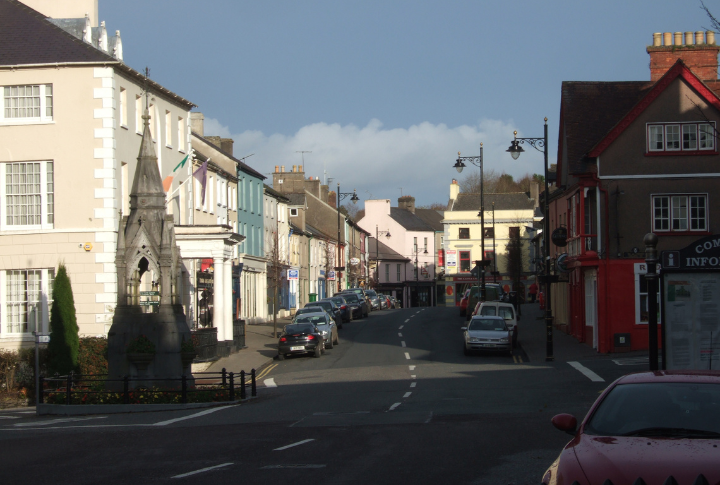
Lismore grew around a 7th-century monastery founded by St. Carthage. Lismore Castle later became a seat of power during Norman times. Its past reflects the fusion of religious and mythological narratives, making it a strong example of how sacred and political histories overlapped.
Aran Islands, County Galway
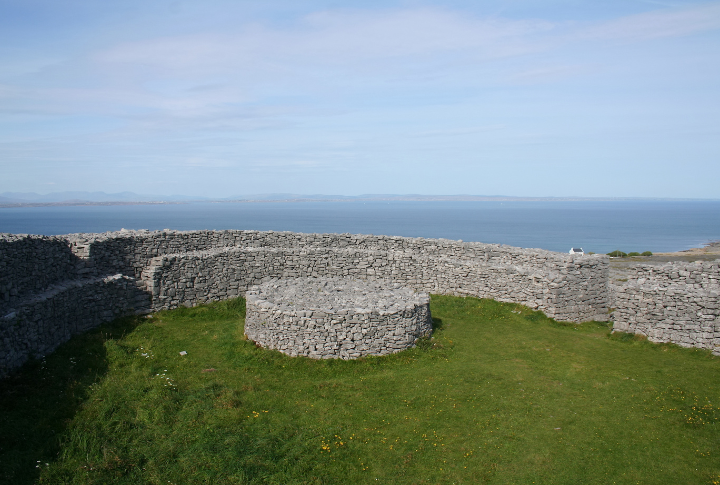
The Aran Islands preserve the traditional Irish language and customs. Dun Aonghasa, a prehistoric fort on Inis Mor, overlooks dramatic cliffs and is thought to have ritual significance. Oral traditions and maritime folklore have survived here longer than in many mainland areas.
Clonmacnoise, County Offaly
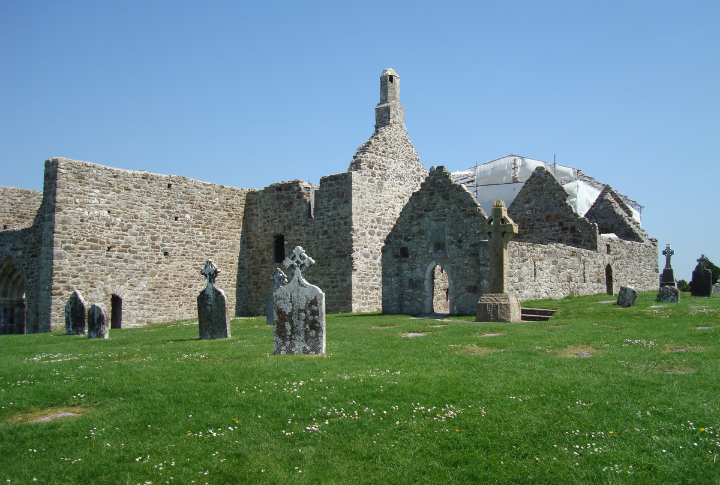
Clonmacnoise was established in the 6th century and became a major center for craftsmanship. The site includes round towers and cathedral ruins. Legends of saints and scholars are deeply tied to the cultural legacy preserved in its stonework and manuscripts.
Carlingford, County Louth
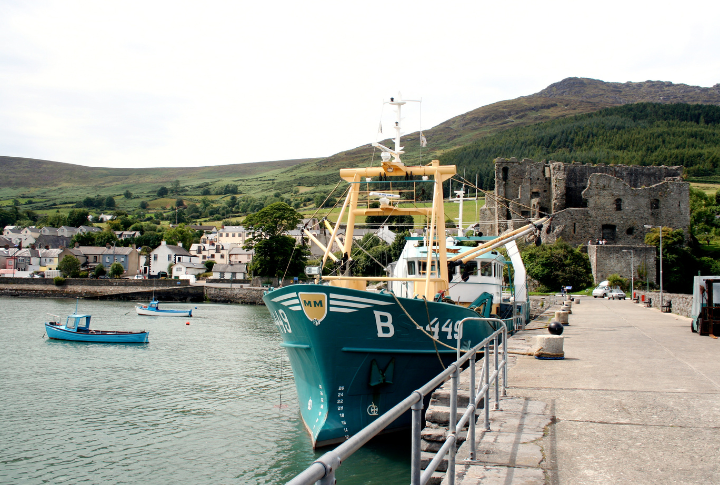
Carlingford offers Norman ruins and a strong association with Irish folklore. The Cooley Peninsula, nearby, is tied to the legend of the Cattle Raid of Cooley. The region blends documented history with tales of mythical heroes and battles.
Glenveagh National Park, County Donegal
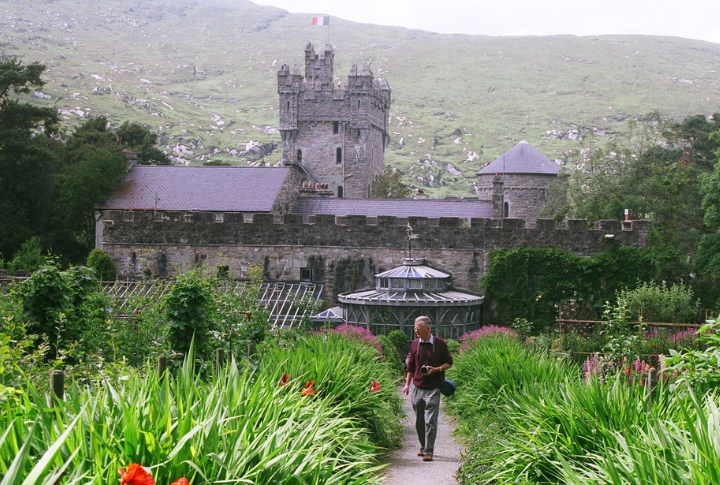
Glenveagh combines rugged terrain with a 19th-century castle. Though not a traditional town, the area includes stories of chieftains and clan feuds. Its surroundings reflect the kind of settings often referenced in oral traditions and provide context for understanding regional folklore.
Dingle, County Kerry
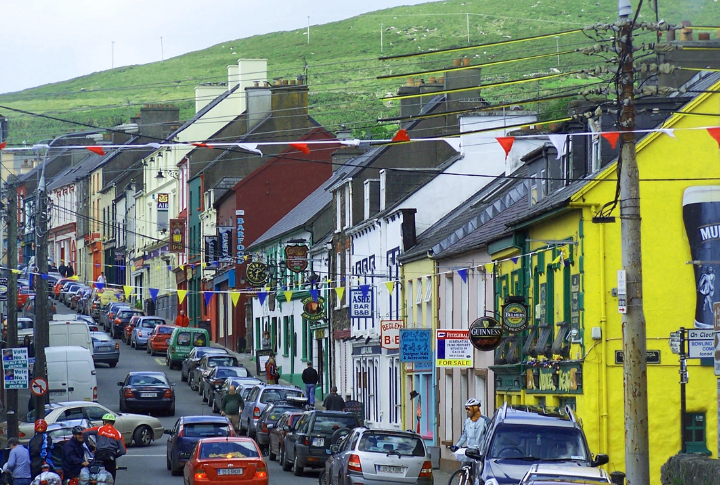
A Gaeltacht region, Dingle is known for preserving the Irish language and customs. The town is close to sites like Gallarus Oratory and ancient Ogham stones. Myths tied to the sea and land still influence storytelling and local identity.
Tullamore, County Offaly

Tullamore’s roots include monastic settlements and historic trade routes. Folklore blends with more recent history, such as the 18th-century balloon fire that damaged much of the town. Its quiet ties to ancient Ireland continue through seasonal festivals and archaeological remnants.
Loughcrew, County Meath
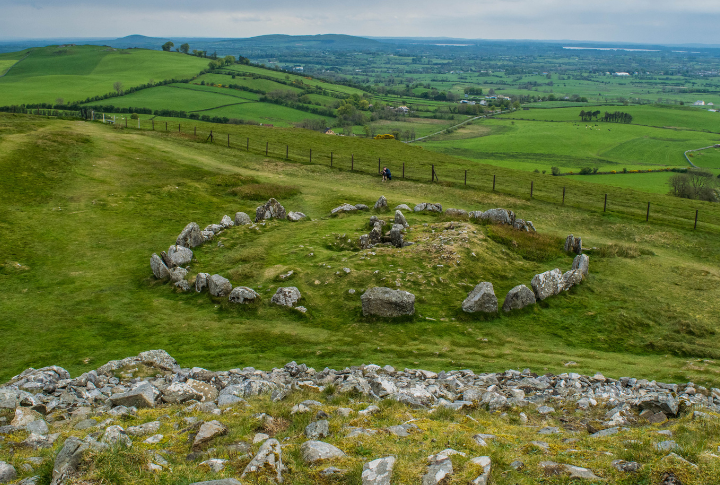
Loughcrew is a cluster of megalithic tombs dating back to 3000 BCE. Alignments with celestial events and surrounding legends suggest spiritual and ceremonial use. The site is sometimes associated with the mythical witch Garavogue, offering both archaeological and cultural insight.

